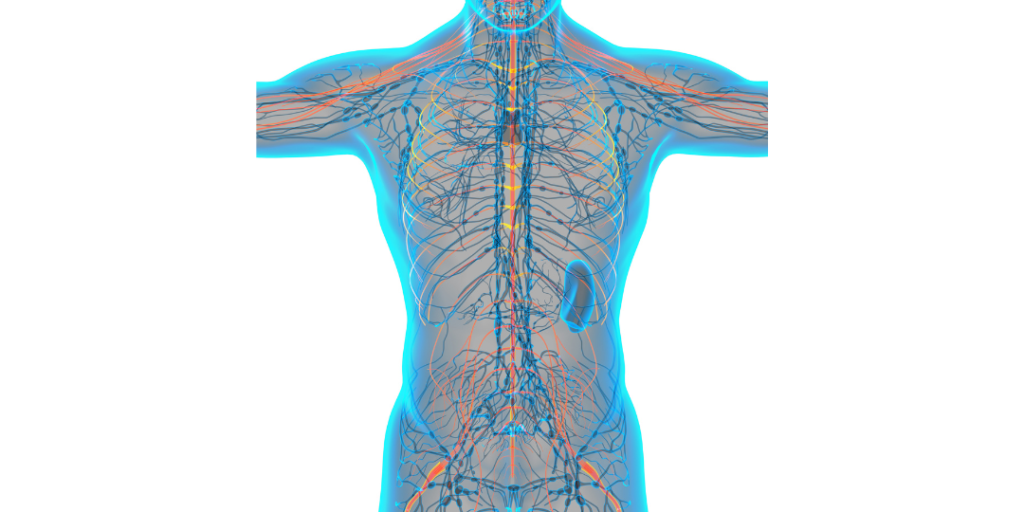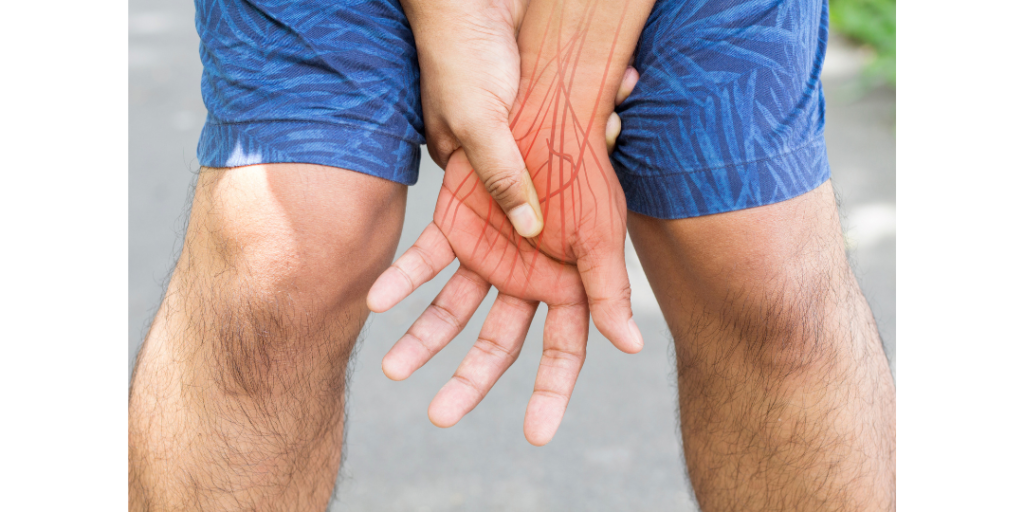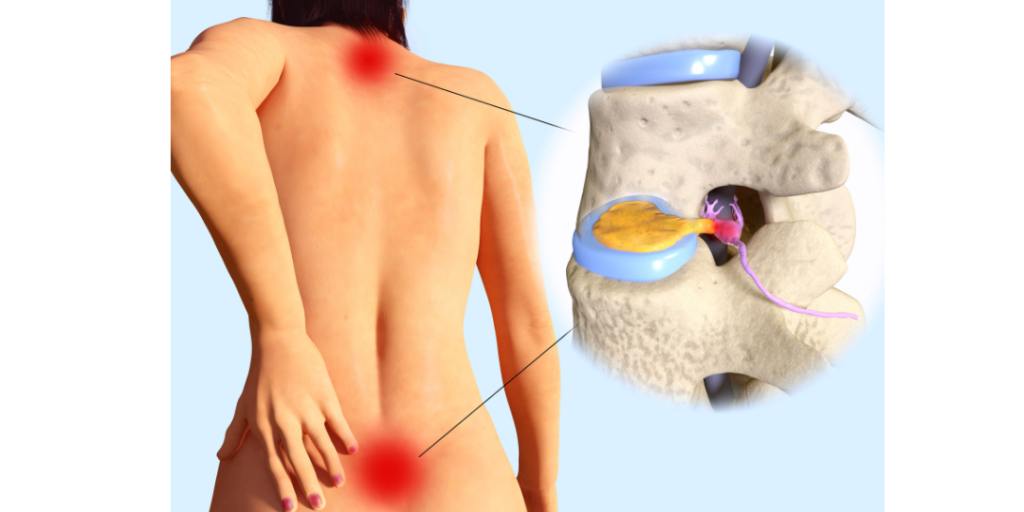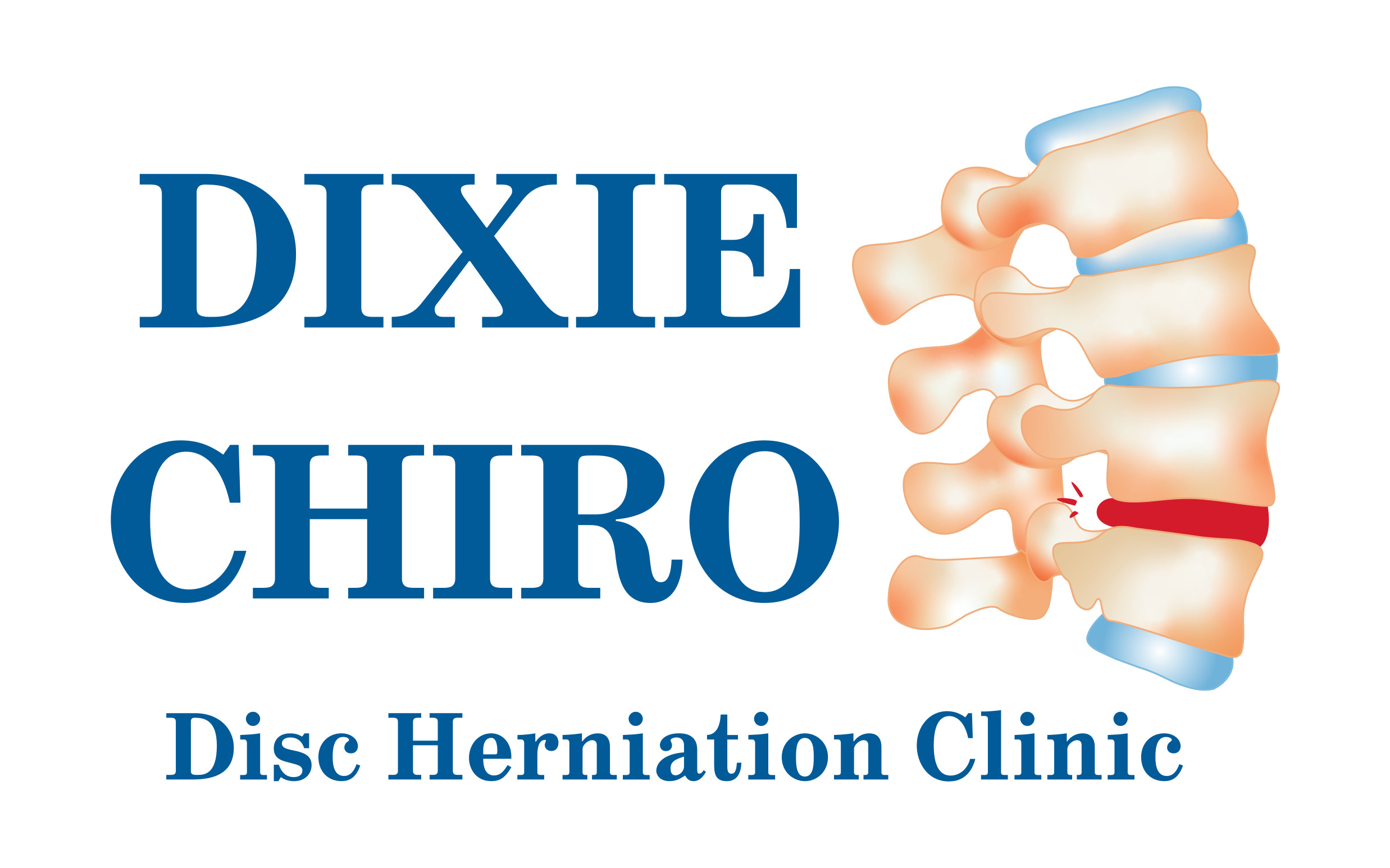
Today, we are talking about Neuropathy and Calmare and the conditions that it treats.
This is going to be a great and interesting show as always, but Dr. Wagner, I’d like to
start with an introduction of you and why you are a chiropractor. Why do you like to treat
pain? And you’ve got extra credentials, which I think is very interesting and I’d like our
listeners to hear about you first.
Q [00:43]: Oh, you bet. So, as far as my credentials go, I’m a doctor of chiropractic. I’ve
been practicing for over a quarter century now, been around the block a little bit. So a
couple of years into practice I was approached by a claims adjuster, an insurance
company, and he asked me to do some second opinion work on some cases that he
was dealing with. And that has led to, expert witness-type credentials. I’ve become a
certified independent medical examiner and a certified impairment rating specialist. I’ve
been to court numerous times, not litigating myself, but when cases are in litigation both
on the plaintiff and on the defence side.
A [01:39]: From car accidents, right?
Q [01:41]: Yes most of those are car accidents and then a lot of independent
examinations for worker’s comp injuries as well. So that’s kind of my out-of-the-norm
experience because very few chiropractors do that. I like treating pain, primarily I just
love helping people. I love seeing people get well, especially in the world that my
practice revolves in and that’s natural medicine. Things that don’t cause side effects,
things that help a person without leaving them with some other problem.
A [02:22]: Giving them a pill or something like that. And you’ve had this pain, right?
You’ve been there and done that.
Q [02:30]: I have had my share of pain, I guess you could say my sports injury
background is a big part of that. When I think back to some of the pains that I’ve had
and when relief came, how awesome that was, it’s so awesome to be able to pass that
along to others. Because for instance, just simple low back pain, someone who’s never
had that they just don’t get it. They don’t understand what it’s like to literally not be able
to put your shoes on in the morning or things of that nature. So, everything is natural in
my practice, we’re all about causing no harm, but at the same time getting people
better.
A [03:16]: Everything you can do before to avoid surgery really?
Q [03:21]: Oh, absolutely. We avoid surgeries and get people off some of these
dangerous medicines that they’re on.
A [03:27]: And our listeners, if you’ve had neck, back pain, elbow pain, any of that, you
know what it’s like. And you know that you’re just hoping for quick healing and that’s
what Dr. Ward Wagner’s goal is. So today we’re talking about Calmare, can you tell us about this machine that you have?
Q [03:50]: Yes. So, Calmare therapy is a machine based out of Italy. It is for
neuropathic pain relief. So neuropathic includes what we call neuropathy but then
there’s a series of other things that it helps, but this is an electrotherapy device. We put
surface electrodes on the people.
A [04:17]: This is not shock therapy?
Q [04:19]: Well, you could technically say it is. So yes, it is electricity that we are
running through these surface electrodes into the body but no, I would not call it shock
therapy.
A [04:31]: I think of young Frankenstein or something but ok.
Q [04:33]: In the old-fashioned terms no, it’s nothing like that, but typically instant
and I’ll use that word loosely within minutes huge pain relief from anything that’s
neurogenic pain.
A [04:50]: So what are some of the conditions that Calmare can help?
Q [04:56]: All classes of neuropathy and we can talk more and more about that, but
neuropathy has many different classifications or types I should say ideologies. Cancer
pain, so not only cancer pain, but chemo-induced peripheral neuropathy.
A [05:17]: Which is very common, right? A lot of people get neuropathy from chemo.
Q [05:21]: Absolutely, many people failed back surgeries. Usually, these are very
extensive fusion surgeries, multilevel, and the person is just left with this unrelenting
pain. Phantom limb syndrome, for those who may not even know what that is, Phantom
limb is a limb that hurts that’s not there. So in other words, if someone loses a finger or
loses an arm in an accident, Phantom limb pain is the kind of pain where someone
might be missing their right arm, but they’re complaining about their index finger, their
right index finger burning them all the time.
A [06:12]: I can’t imagine.
Q [06:13]: It’s a fascinating thing and that’s because those same nerves that are
severed up at the shoulder still carry those same sensations.
A [06:22]: Oh, that’s got to be terrible.
Q [06:23]: It is a terrible disease, however, that one so far has been what I call a slam
dunk in my practice. It’s pretty amazing some of these most traumatic issues that people
have, who suffer with the most pain, and yet this machine will bring them relief, and in the cases of the Phantom limb, it’s permanent relief. I love it.

A [06:47]: So Calmare therapy for neuropathy and other conditions, even cancer pain.
What about shingles or something like that?
Q [06:57]: Yes. So post shingles pain is another one of those that I would call a near-
slam dunk, we’re like 99%, and it’s amazing. So show post shingles pain is people that
get adult chicken pocks which is shingles. And many times that scarring or that damage
it’s done to the nerves, usually it can happen anywhere. I’ve seen it on heads.
A [07:23]: I’ve had it on my head.
Q [07:24]: People have it wrapped around or torsos. This is awesome for getting rid of
that.
A [07:34]: So this is after shingles are gone, it’s not really gone.
Q [07:37]: Right, the pain is still there, the person has healed from the virus, but now
the pain is still there. So yeah, there’s a myriad of conditions that this can help, and as I
say, we’ve, we’ve mentioned several of them will continue to clarify but like in the case
of cancer, I just wanted to clarify, we don’t fix cancer. What we do is we can help with
the pain that’s caused by cancer.
A [08:08]: Or by what they are using.
Q [08:10]: There are many pains associated with cancer itself that are painful and then
of course there’s the chemo-induced neuropathies and this helps both of those.
A [08:25]: You’re listening to the Be Pain-Free radio show with Dr. Ward Wagner, if you
would like to pay Dr. Wagner a visit at Dixie chiropractic, give them a call today at 435-673-1443. He also has a great website, dixiechiro.com. Now Dr. Wagner, you usually give
our listeners some kind of special deal. So for those listening today, is there something
that they can take advantage of to come and see you?
Q [08:57]: So what we’re doing is a $99 initial examination and consultation with me
and then along with that, a free Calmare treatment.
A [09:08]: Wow, great.
Q [09:09]: So, pretty simple, pretty straightforward, I always start with that initial exam
and consult because there are many neuropathic conditions that go misdiagnosed. And
so I want to make sure that someone fits the category that we’re looking for.
A [09:24]: That makes sense.
Q [09:24]: But yeah, just $99, come in and give it a try.
A [09:29]: So today we’re talking about Calmare therapy for the treatment of
neuropathy and other conditions. So tell our listeners what exactly is neuropathy.
Q [09:39]: So neuropathy is a condition that feels like burning, tingling, pins, and
needles, some people call it numbness. They don’t really mean numbness, in the
medical world, numb is like having a novocaine shot when you go to the dentist and
things are totally dead. But most people come in and they’re saying, I have numbness in
my feet and what they usually mean is I’ve got this tingling, I’ve got this bee stingy.
A [10:08]: Feels like you’ve been laying on your arm or leg.
Q [10:11]: Like it’s waking up after having pressure on it. So anyway, it helps with all
those symptoms, even numbness itself. So people usually get this in their extremities
and typical cases of neuropathy will start in the feet and kind of work their way up, also
fingertips and work their way up. So, there are many different causes of neuropathy,
there is post-traumatic, there’s idiopathic peripheral neuropathy, and there’s diabetic
neuropathy and the list goes on and on.
A [10:47]: So it’s not mostly diabetics that have neuropathy.
Q [10:52]: No.
A [10:53]: Misconception.
Q [10:54]: That is a misconception because most people or I shouldn’t say most, I
shouldn’t generalize that heavily, but many people when they hear the word neuropathy
they automatically are associating it with diabetes, diabetes. And that’s not the case,
that’s only one classification, it is a common classification unfortunately in America
simply because we do run very high in diabetes in this country because of the great
American diet. We are able to help them but there’s another, probably the most
common is idiopathic peripheral neuropathy. And that simply means neuropathy of
unknown origin, we do not know why you have it nor can we discover how it started.
There really is no test for neuropathy either.

A [11:52]: So can disc herniations cause neuropathy then? We’ve talked about disc
herniations over the years.
Q [11:58]: Yes we have, so the short answer is yes, but the longer answer is that
neuropathies have become its own disease. Even though in medical science, medical
terminology, neuro means nerve, pathy means abnormal or painful. So neuropathy just
simply means nerve pain and yes, this can cause nerve pain, but whenever you hear
someone talking about neuropathy versus nerve pinching from a disc, they are talking
about totally different things. Now, thankfully in my office, we do deal with both of them.
We deal with fixing disc issues causing nerve pain and then we also use the Calmare machine to help with true neuropathy. So in my office, I encourage people no matter
what kind of nerve pain they’re having to come in and get checked. We are really good
at differentiating which one it is and then of course, there’s that small percentage of the
population who’s blessed to have both and that’s rough. I get many times people who
have neuropathy, but they’re also in my office because they’ve got a bulging disc that’s
putting pressure on the nerves causing sciatic pain.
A [13:24]: But completely different things.
Q [13:26]: Completely different things and so we end up having to treat both.
A [13:29]: Well, let’s talk about this Calmare machine that you have. Do you have any
examples that Calmare is helping this neuropathy pain?
Q [13:38]: So many, we’ve been doing this for quite a while. So a couple of recent ones,
Irah is a 49-year-old male who came in with neuropathy in both feet and had it for 12
years.
A [13:53]: Not diabetic?
Q [13:54]: Nope, this was an idiopathic peripheral neuropathy on a high dose of
Gabapentin, in three weeks off the Gabapentin completely and completely pain-free.
That’s a pretty big deal.
A [14:12]: And for our listeners, Gabapentin helps with neuropathy pain or helps to
sleep, right?
Q [14:20]: That too because most people with neuropathy, can’t sleep because the feet
are tingling, and burning, it keeps them away. Terrible. This is one of the most highly
prescribed medications for neuropathy, Gabapentin, and Lyrica both. But anyway, to be
able to have him pain-free and off a high dose of Gabapentin, is quite amazing and I
can’t really take the credit there’s an old saying that God does the healing and the
doctor takes the fee. I mean this machine is such a blessing, it’s incredible.
A [15:01]: It’s just one example of the many things you do in your office.
Q [15:04]: Another one is Misty. So she’s a 52-year-old female, this was post shingles
pain. So she had a case of shingles. Her pain was wrapping around her torso, upper
abdomen, and rib area.
A [15:23]: Which just seems to be the most common isn’t it?
Q [15:26]: It is, yes. Unrelenting pain, this had been going on for a couple of years. She
came in and in less than three weeks, we had her shingles pain completely gone. That
was an amazing one too. A [15:45]: You’re listening to the Be Pain-Free radio show with Dr. Ward Wagner. Let me tell you, I’ve just got to mention your staff. I’ve been into your office quite a few times and they just really are amazing. They treat you great, they’re very knowledgeable and
very kind, and they understand that people that come in have pain in general, the
number to call at Dixie chiropractic, ask for Dr. Ward Wagner, and just say, Hey, I was
listening to this. I’d love to get to take this opportunity, 435-673-1443 and just say, Hey, I
was listening $99 initial exam consultation with Dr. Wagner. And then you get free
Calmare treatment as well. Great opportunity, now’s your time. So Dr. Wagner, explain
to our listeners, does someone know if they have neuropathy, how’s it diagnosed?
Q [16:49]: That’s such a great question because there are so many misconceptions out
there about neuropathy or nerve pain. It’s really funny, I’ll get people that come into my
office and they’ll say, oh, it’s just a pinched nerve, and they’ll point to something and all
of this nerve is pinched.
A [17:08]: That makes sense, you automatically assume.
Q [17:11]: Right, but the funny thing is pinch nerves aren’t just a sharp pain in one little
location. A true pinch nerve is radiating pain all the way down the extremity or down the
leg, something like this. Neuropathy is completely different than that, history is the key
and the main reason is neuropathy can’t be measured. So there is no definitive test for
neuropathy, in fact, it’s very frustrating for patients because there is not a doctor in the
world that truly understands neuropathy. So, what we do is we do a bunch of different
kinds of tests, nerve conduction, velocity tests, and other nerve measuring tests. And
those come back negative but here’s what a Dr. may say to a patient. Well, we ran all
these tests and it shows that you have neuropathy. Well, what he’s really saying that the
patient doesn’t understand is, that we’ve ran all these tests. They show nothing, I
believe you that you’re hurt, so therefore you have neuropathy.
So this isn’t something that’s measured, but it’s more about the history. Most people,
they’ll start feeling a little numbness or tingling in their toes and maybe they stomp their
feet a little bit and it feels better and goes away. Well then as the days go on, it kind of
grows. It’s into their maybe toes and into their forefeet and over time they can’t stomp it
away. It becomes 24/7 and it’s just the slow onset. And they keep going from doctor to
doctor, to doctor saying, what is this? And, can’t you tell me what’s wrong or why this
started so I can fix it
A [19:09]: If you’ve had chemo, you can pretty much go, oh, it’s chemo neuropathy. But
if you haven’t, maybe if you’re diabetic you can say…
Q [19:18]: You can say diabetic neuropathy. That’s how the classifications begin,
there’s post-traumatic, there’s of course the idiopathic, there’s the diabetic, there’s the
chemo induced. And then there are other classifications, CRPSRSD. Nobody knows
what those are unless they’ve been diagnosed with them. Again, history is the key that
indicates what this is and why they have it.
A [19:47]: So someone’s listening and they say, oh, that sounds like me. What happens
when someone comes into your office, how does this work?
Q [19:58]: So when they first come in, we have them see me and I do my examination
where I go through the history. Again, history is a huge component of this because if
you’re listening and someone has told you have neuropathy, but it’s something that
comes and goes, there are periods of time when you don’t feel it at all, then it’s probably
not neuropathy. There’s a high chance it’s not neuropathy. Neuropathy is one of those
24/7, unrelenting, always their kinds of things. Then, we do our trial where we hook
them up. So all this is simple surface electrodes. We put them on the skin, we run some
electricity through there, and we are looking for immediate relief of pain and by
immediate, I mean within minutes of having this treatment done. Basically, if you’re a
good fit, or I should say a better fit for the Calmare therapy, you’ll feel changes in that
first session that are significant.
A [21:12]: So how does the Calmare machine fix neuropathy?
Q [21:16]: This is such cutting edge as far as the theory behind it. So we know it works,
in fact, BYU recently did some studies on not trying to discover why or if it works
because they know it does. But they’re trying to discover how it works or why it does
and we’re still waiting on the results of that, but basically rewriting the neuro signature of
pain. So, with neuropathy, unknown origin, or if we know the origin, in either case, there
are nerves going haywire and so what this does, is it rewrites the neuro signature. If we
can intervene between the brain and the pain and cancel it. So there’s a no pain signal
to that brain, then the ability of the brain’s plasticity is to rewrite that neuro signature so
that nerves aren’t constantly firing, sending those pain signals and that corrects the
symptoms.
A [22:25]:That sounds like such a blessing, such an amazing thing.
Q [22:29]: It’s hard to really describe to somebody because the reasoning behind it is
so new and so cutting edge that we’re still trying to figure it out as we go along.
A [22:46]: But so many people have said, I’ve got neuropathy to me over the years, you
don’t really think about how I fix this.
Q [22:55]: Most people are suffering in silence that has it, again, nobody has a real
answer. You take the drugs and you hope that you can just keep it at a minimum, keep
it at bay.
A [23:09]: So what about other types of neuropathy or nerve pain?
Q [23:12]: I even have some examples of these because it calms down many types of
pain. So I mentioned CRPS, I had a lady named Juanita that came in, a 73-year-old
female with CRPS for a year. Now, CRPS typically comes on post-trauma, hers came
on because of a surgery that she had for plantar fasciitis. So they went in to fix this plantar fasciitis and then she woke up and she’s got CRPS extreme pain in the lower leg
and foot. In fact, she was on the highest, I haven’t verified this, and she told me it was
the highest dose of Lyrica. So anyone listening, ask your doctor, 600 milligrams a day of
Lyrica is what she was on.
A [24:03]: Which is a lot, I guess
Q [24:05]: It is a lot. Yes. Anyway, her ankle felt like it was in a vice and she had a stinging pain in the leg and foot. Anyway, 10 days later, two and a half weeks, I should say 10 weeks
days later she was completely off her Lyrica. Her pain went from a seven on the pain
scale, clear down to a one. I mean minimal discomfort off the Lyrica, she was so happy
because those who don’t know about the side effects of those drugs effects, dizziness,
memory loss. Those are the two biggest side effects and she was really struggling with
both. So one other is Gary who is a 61-year-old male, pain, and numbness in both feet
for years, three weeks of treatment pain, again, all but gone. Incredible, I just love this
machine.
A [25:08]: So if you’re feeling numbness, if you’re feeling pain, or tingling, try going over
to Dr. Ward Wagner, Dixie chiropractic the number to call is 673-144 3. Check out the
website at dixiechiro.com and Dr. Wagner offering a great opportunity for our listeners
today, $99 for an initial exam and consultation with him, which is great anyway, and free
Calmare treatment. See if this can help you, Dr. Wagner, always great to have you and
to get this great information about Calmare neuropathy.
Q [25:48]: Thank you so much.
A [25:49]: Thank you.

Recent Comments